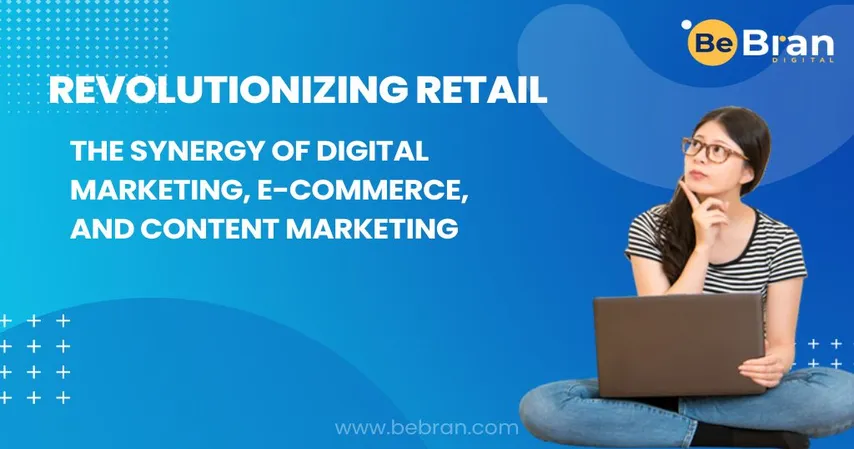Augmented intelligence and its associated technologies find versatile applications across various facets of business operations.
Numerous programs and tools have emerged that cater to diverse segments within a company, including sales and distribution.
Consider your most recent online purchase. Did you experience hesitation or reservations before committing to the transaction?
Perhaps you wished to physically test the product before finalizing the purchase. This scenario frequently arises with items such as furniture, eyeglasses, or clothing, where assessing how they complement the wearer or fit within a living space is paramount.
This is precisely where augmented intelligence can prove invaluable. There are applications available that enable users to virtually "try on" or "test out" products, allowing them to gain a comprehensive understanding of the product's suitability on their computer screen before reaching a decision.
But how does this translate into practical applications? Many companies have already embraced augmented reality-powered solutions that enable customers to virtually assess products. For instance, Wayfair offers customers the ability to try out furniture virtually, EyeBuyDirect allows users to virtually try on eyewear, and MAC Cosmetics offers a virtual makeup try-on experience.
These real-world examples demonstrate how augmented intelligence is leveraged by companies to enhance the customer experience, enabling individuals to make more informed decisions when purchasing products online.
Leveraging Augmented Intelligence for Enhanced Customer Experiences
These innovative programs offer users a unique opportunity to virtually preview products, allowing them to visualize how these items would appear before making a purchase decision.
However, augmented intelligence isn't confined solely to sales.
Are you interested in enhancing the safety of your product? Automotive manufacturers are harnessing augmented intelligence to assist drivers in promptly identifying road hazards.
Perhaps you aspire to provide your customers with exciting new features, akin to Google's introduction of the 3D animals feature, which enables users to bring virtual tigers, horses, or bears into their own homes.
Augmented intelligence also finds applications in customer service. Chatbots adeptly address straightforward customer inquiries, thereby conserving valuable time for customer service representatives. When a chatbot encounters a request beyond its capabilities, it seamlessly transfers the query to a human agent. Armed with the data collected by the chatbot, the agent is better equipped to deliver superior service to the customer. Augmented intelligence presents opportunities for optimization across various domains, including sales, marketing, and production.
Augmented intelligence fosters positive customer experiences. A novel, impressive product can essentially market itself through the creation of positive customer experiences. Google's 3D Animals feature serves as an exemplary illustration of this phenomenon.
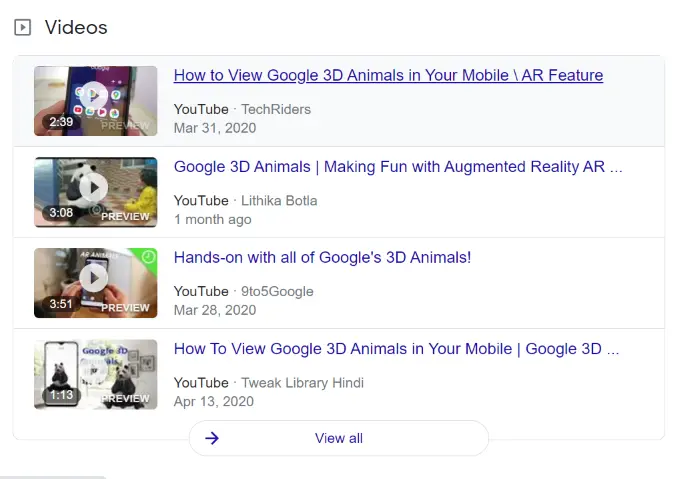
The Wayfair application has also garnered significant acclaim. Just observe the number of users discussing it:
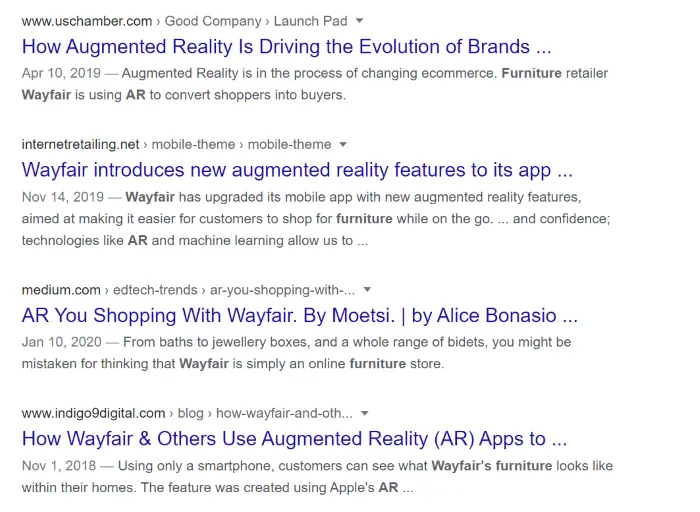
If your product is compelling enough, it's possible to acquire new backlinks and attract additional traffic without investing significant effort. Moreover, augmented intelligence can be effectively utilized in various other domains, such as communication, to provide quicker responses to customer inquiries, as demonstrated by the chatbots mentioned earlier.
For instance, you could leverage this new technology to provide your customers with a personalized experience by offering improved recommendations. An illustration of this is the video recommendations feature on YouTube.
Or the product recommendations on Amazon.

Product recommendations are a great way to help potential customers find the products they want or discover new products faster, ultimately keeping them on the website longer.
Augmented intelligence offers the potential to reduce stress and save time in various aspects of business operations. According to a 2020 WorkMarket In(Sight) report, more than half of employees believe that automation, a key component of augmented intelligence, can potentially save them up to 240 hours per year.
The time-saving aspect of augmented intelligence is achieved through data analysis, predictive modeling, and competitor analysis, which can all be used for strategic planning and process optimization. This technology aids in predicting future trends and collecting customer feedback, enabling faster and more efficient planning of marketing campaigns.
Additionally, augmented intelligence is gaining traction in marketing and sales, as indicated by a Forrester report that states 46% of survey respondents view these sectors as the primary drivers of augmented intelligence adoption. HubSpot also found that AI software can significantly reduce the time spent on reporting by marketing agencies, with potential time savings of up to 97%.
Another valuable application of augmented intelligence is in content marketing, where it can assist in generating better and faster content. Content creation, especially for blogs, can be time-consuming. A survey by Orbit Media Studios revealed that crafting a quality blog post typically requires at least four hours, a 63% increase from 2014. This extended time is partly due to the preference of search engines like Google for longer and more detailed content.
While augmented intelligence can support content creation, it cannot replace the human touch in adding facts, emotions, and diverse writing styles to articles. Therefore, it complements the creative process rather than entirely replacing it.

The passage above is from an article authored by a human writer and originally published in The Guardian.
While AI can generate sentences, the final output often requires human revision and adaptation for quality and context.
Utilizing AI-powered tools doesn't mean you have to fully automate your content generation. Instead, you can leverage these tools to enhance your writing. For instance, you can use grammar and spelling programs to improve the correctness and clarity of your texts.
AI can also assist in generating ideas and identifying topics that resonate with your audience. By harnessing augmented intelligence to analyze data sets, you can gain valuable insights to create even better, data-driven, and personalized articles.
Furthermore, augmented intelligence can be employed to conduct comprehensive website audits, helping you identify areas for improvement and optimization.
Augmented intelligence is rapidly becoming the standard in various industries, indicating that AI and automation, in general, are already ingrained in our daily operations. McKinsey's prediction that "by 2055, half of today's work activities could be automated" underscores this trend.
Notably, marketing departments are at the forefront of the increasing adoption of AI.
Augmented intelligence presents an ideal approach to artificial intelligence, as it effectively combines the computational strengths of computers with the unique strengths of human decision-making.
In conclusion, as marketers, we cannot afford to overlook the importance of staying current with the best tools and the latest technologies, including artificial intelligence.
However, it's worth noting that while AI adoption is on the rise, there remains a significant level of skepticism. PwC research indicates that 67% of CEOs believe AI and automation may negatively impact trust and relationships in their industries over the next five years.
When utilizing technologies rooted in augmented intelligence, you gain the flexibility to not solely rely on artificial intelligence. This approach empowers you to make informed decisions that leverage the best aspects of both worlds, thereby maximizing their potential benefits.
Are you already incorporating augmented intelligence into your marketing strategies, or do you still harbor doubts? We invite you to share your opinions and experiences in the comments section.












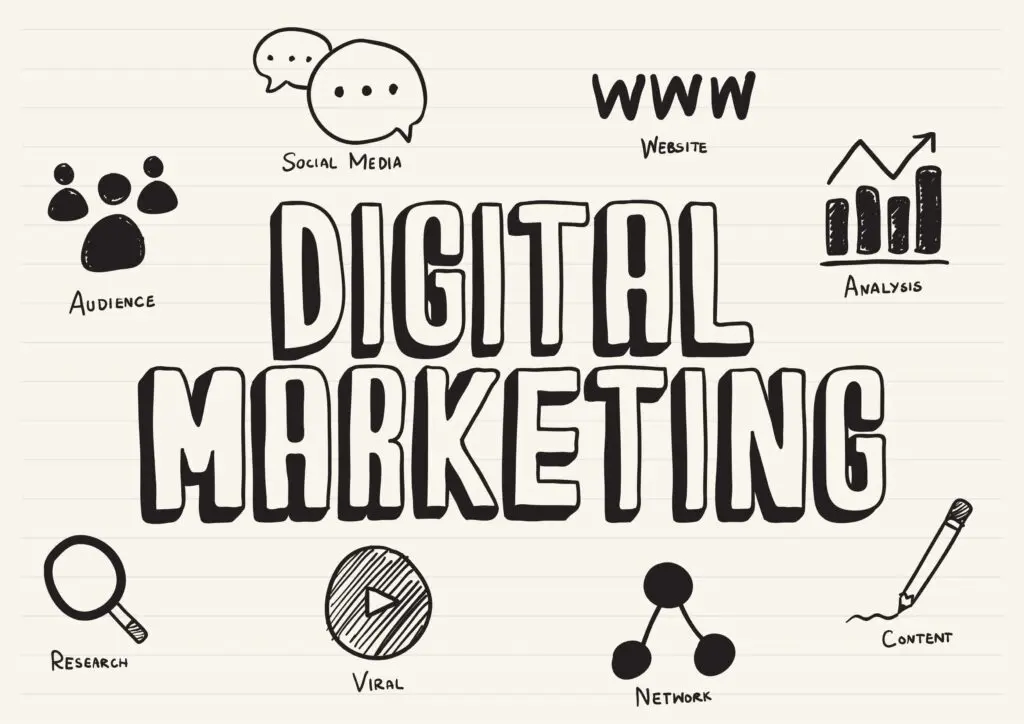






![1707475220 Bebran[1]](https://bebran.com/public/uploads/1709354499_1707475220_bebran[1].webp)

![1707475220 Bebran[1]](https://bebran.com/public/uploads/1709355820_1707475220_bebran[1].webp)
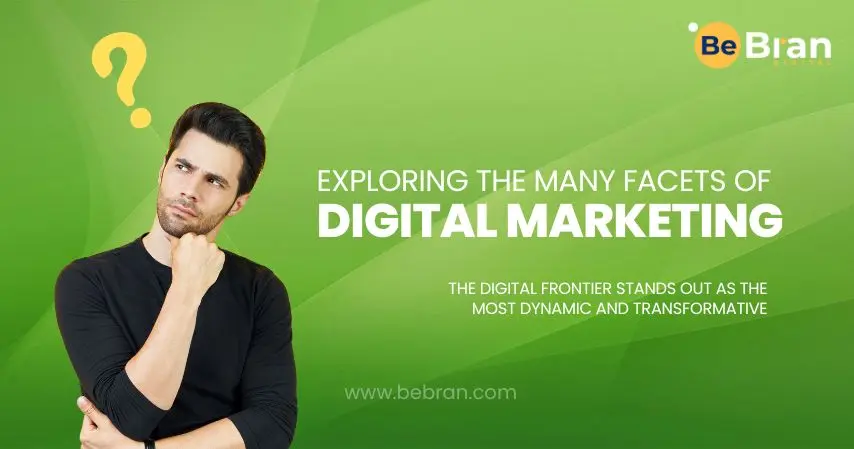
![1707475220 Bebran[1]](https://bebran.com/public/uploads/1709356684_1707475220_bebran[1].webp)





![1707475220 Bebran[1]](https://bebran.com/public/uploads/1709965156_1707475220_bebran[1].webp)

![1707475220 Bebran[1]](https://bebran.com/public/uploads/1709966408_1707475220_bebran[1].webp)
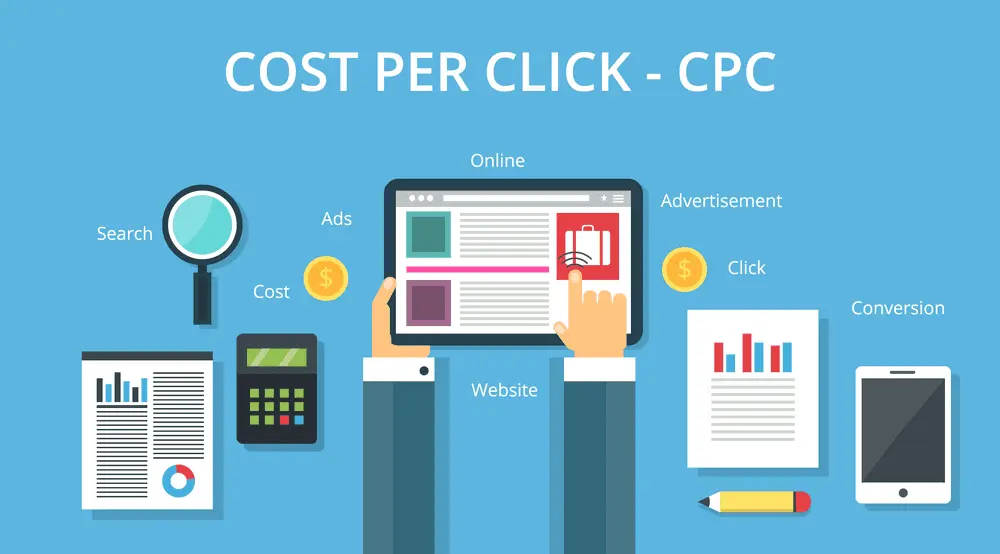
![1707475220 Bebran[1]](https://bebran.com/public/uploads/1709967475_1707475220_bebran[1].webp)

![1707475220 Bebran[1]](https://bebran.com/public/uploads/1709969101_1707475220_bebran[1].webp)

![1707475220 Bebran[1]](https://bebran.com/public/uploads/1709982719_1707475220_bebran[1].webp)

![1707475220 Bebran[1]](https://bebran.com/public/uploads/1709983823_1707475220_bebran[1].webp)

![1707475220 Bebran[1]](https://bebran.com/public/uploads/1709985547_1707475220_bebran[1].webp)


